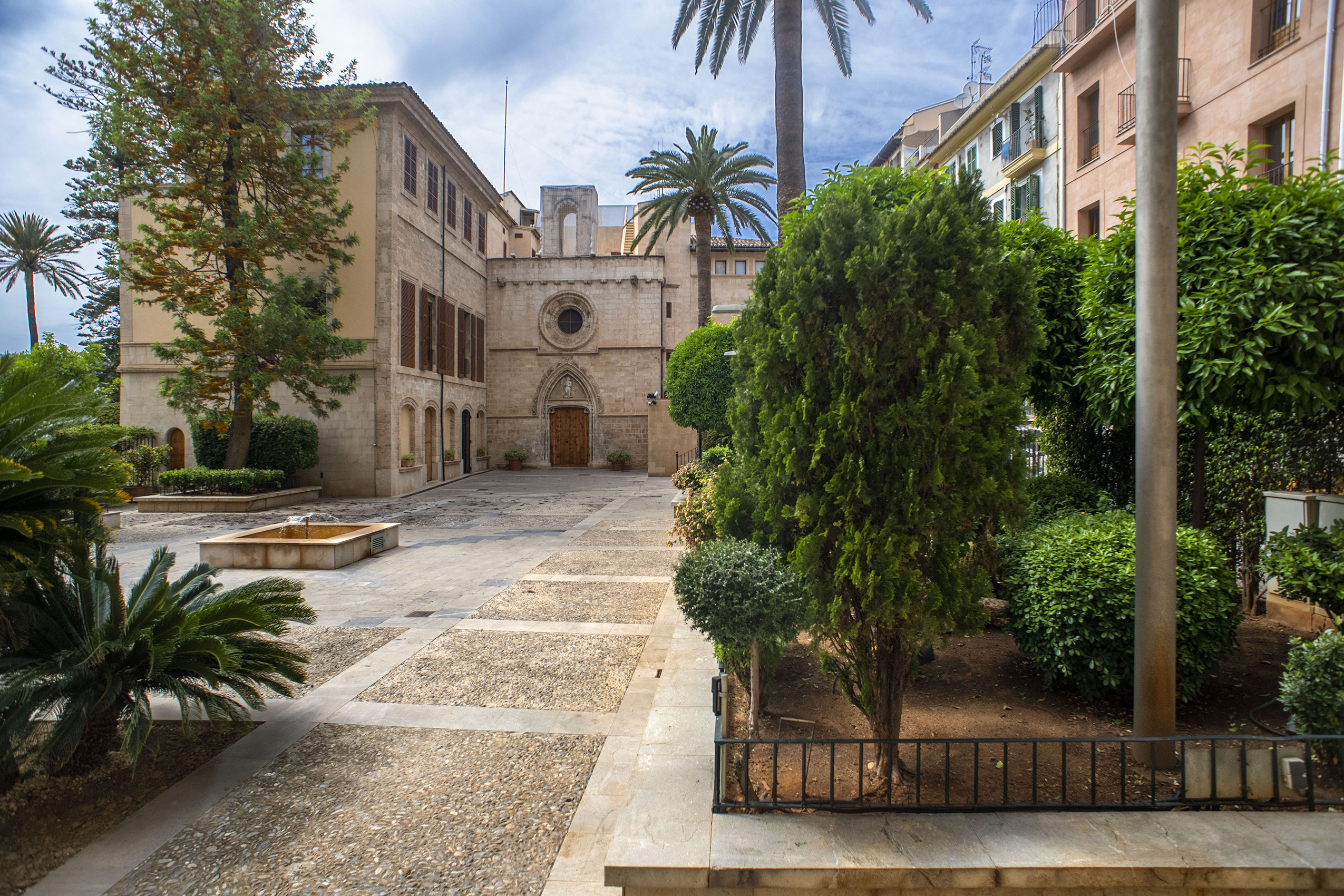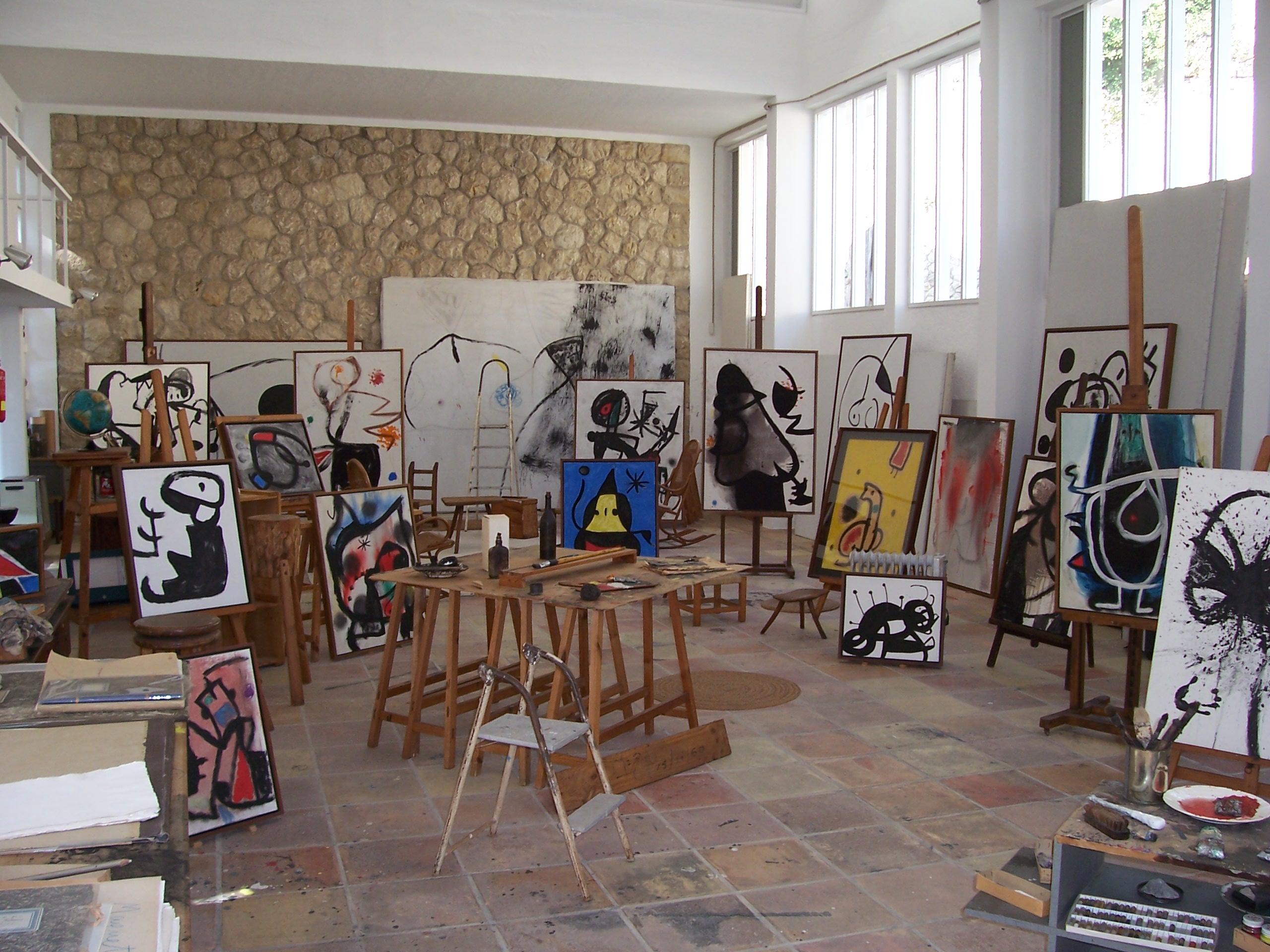An opportunity to see fine art is not necessarily the first thing that springs to mind when considering the popular Spanish holiday spot of Majorca.
But the island intends to change that by staging the largest-ever homage to the Barcelona-born artist Joan Miró, whose childhood drawings depict the beauty of the place where he spent his own holidays.
In 1911, at the age of 18, for example, he drew Palma’s La Lonja, the city’s gothic exchange built in the 15th century. “He later settled in [the Balearic island’s capital], where he died nearly three decades later in 1983, and donated his studios to the city,” said Joan Punyet Miró, his grandson. “Yet the island never honoured him with a fitting exhibition.”

Palma’s La Lonja, the city’s gothic exchange built in the 15th century
SERGI REBOREDO/VWPICS/UNIVERSAL IMAGES GROUP/GETTY IMAGES
Until now. Majorca has “repaid its debt”, Punyet said, as several of the island’s institutions come together to jointly launch the monumental Paysage Miró, or Miró Landscape.
The mass exhibition is on show in four of the city’s museums: Es Baluard, the Fundació Miró Majorca, Casal Solleric and La Lonja.
“It’s a very important exhibition, a review of Miró like never before, larger in scale and more ambitious than any in the Balearic Islands and possibly in Spain,” said Antònia Maria Perelló, the Fundació Miró Majorca director.
The Reina Sofía museum in Madrid has loaned 53 works out of the 117 on display, among which is the masterpiece Femme, Oiseau, Étoile — a tribute to his friend Pablo Picasso.

Chevaux en fuite par le vol de l’oiseau-terreur (Horses flee from the flight of the terror bird), 1976, oil on Pompier-style chipboard; and Femme en transe par la fuite des etoiles filantes (Woman entranced by the escape of shooting stars), 1969, acrylic on canvas, below

At the Fundació Miró Majorca the show examines the “magical sparks”, which Miró said inspired his works. “We present many objects, documents, photographs and newspaper clippings that Miró collected throughout his life and that were always around him,” said Perelló. “He would have them in his studios; until he covered his walls with this ‘second skin’, he couldn’t work comfortably, whether they were a stone, a shell, a piece of wood, or even poetry or a piece of music.”

Lettres et chiffres attirés par une étincelle (Letters and numbers attracted by a spark), 1968, acrylic on canvas
• Miró and Matisse, an unlikely friendship of contrasting masters
The foundation also exhibits works that were given to Miró by other artists, such as the Russian painter Wassily Kandinsky, the French artist Georges Braque, and Picasso, as well as more than 250 objects and documents.

Miró donated his studios in Palma to the city after his death
DESMOND MORRIS COLLECTION/UNIVERSAL IMAGES GROUP/GETTY IMAGES
The works at La Lonja are solely focused on sculptures, such as Oiseau lunaire, or Moonbird, of a hybrid creature with a shining, polished surface.
Miró’s most groundbreaking works, in which “he took huge risks, using harsher, stronger gestures, even ripping the canvases” and produced later in his life, are on show at Es Baluard. The pieces are from the 1970s, when the artist was at the peak of his experimental phase. He once said: “To break from tradition, you must first understand tradition and then destroy it.”
Paysage Miró: The magic spark is on until January 11, 2026
